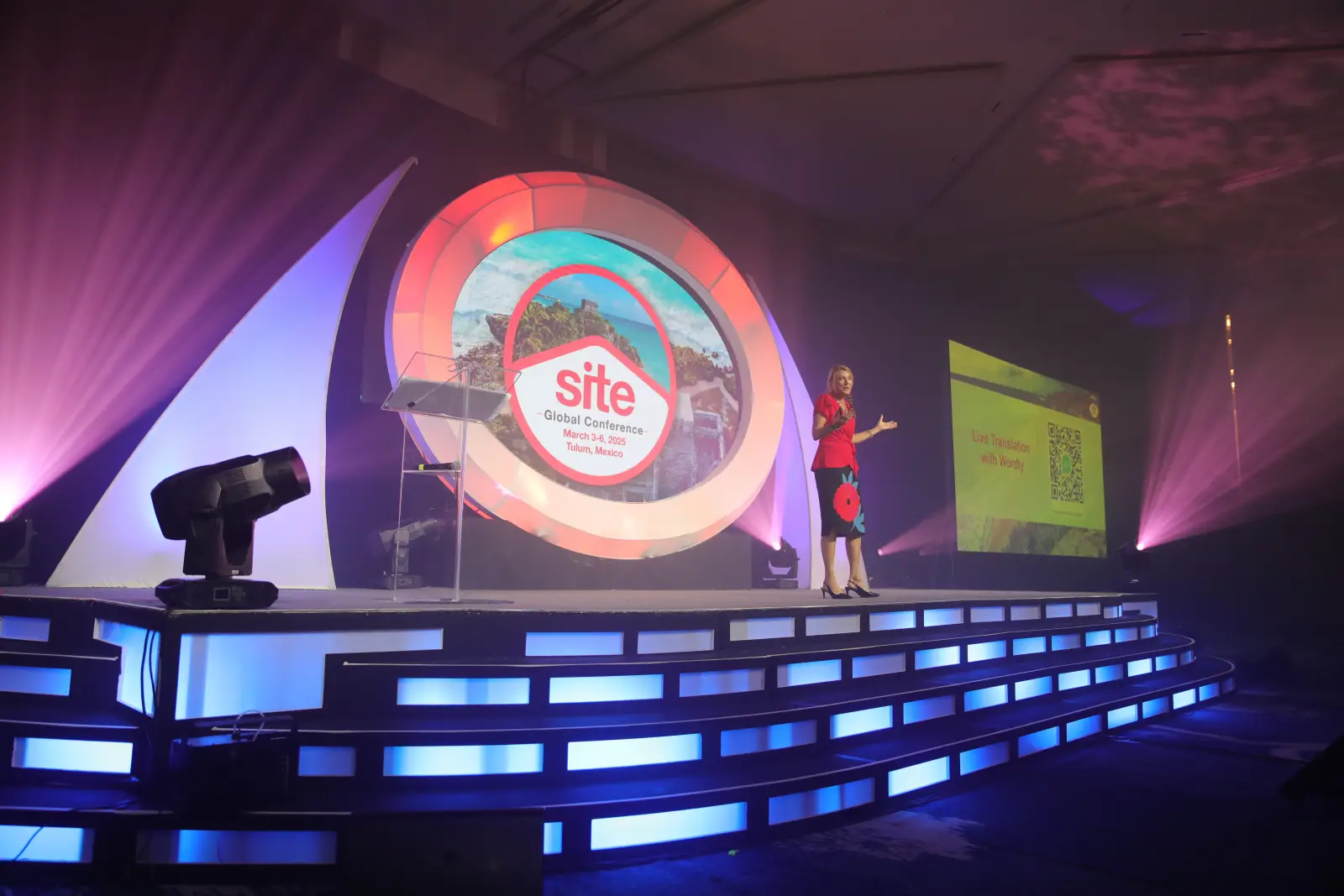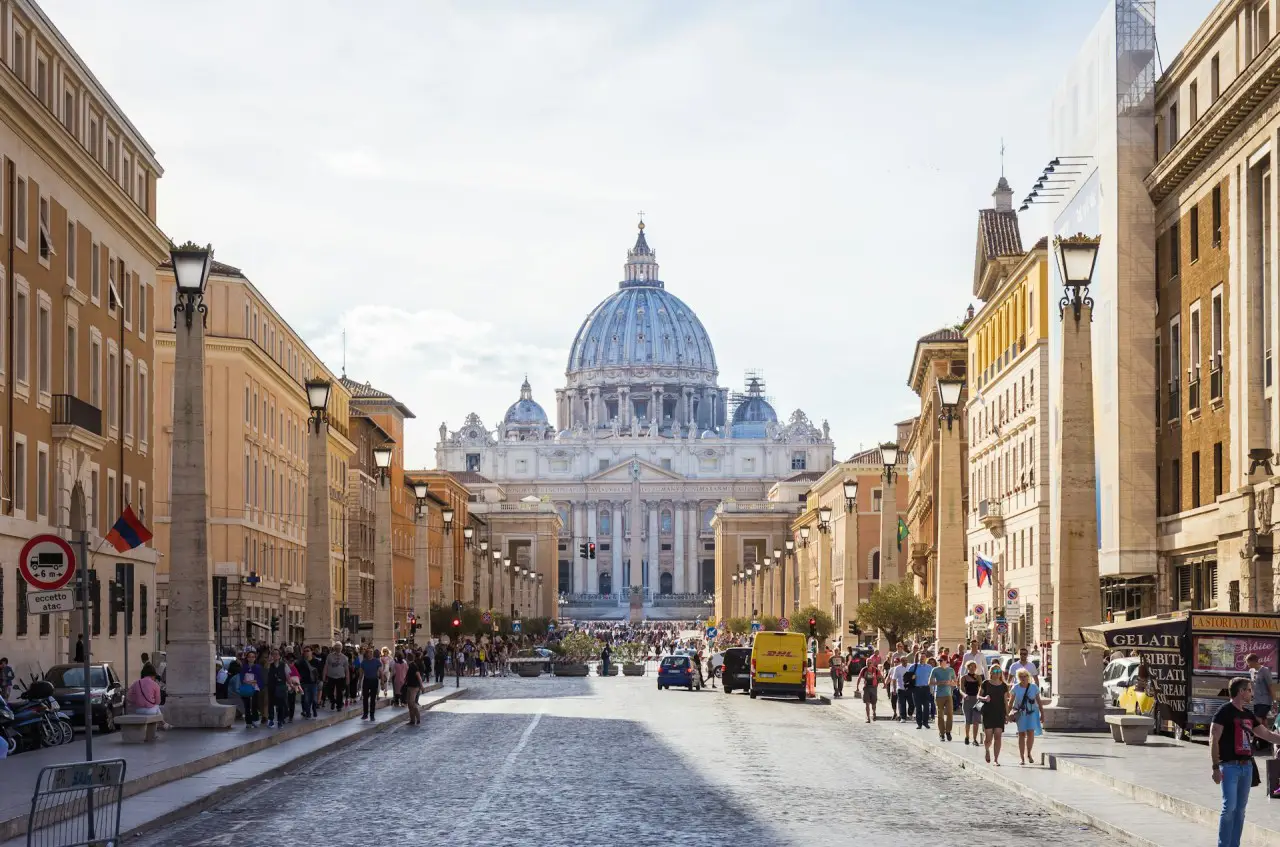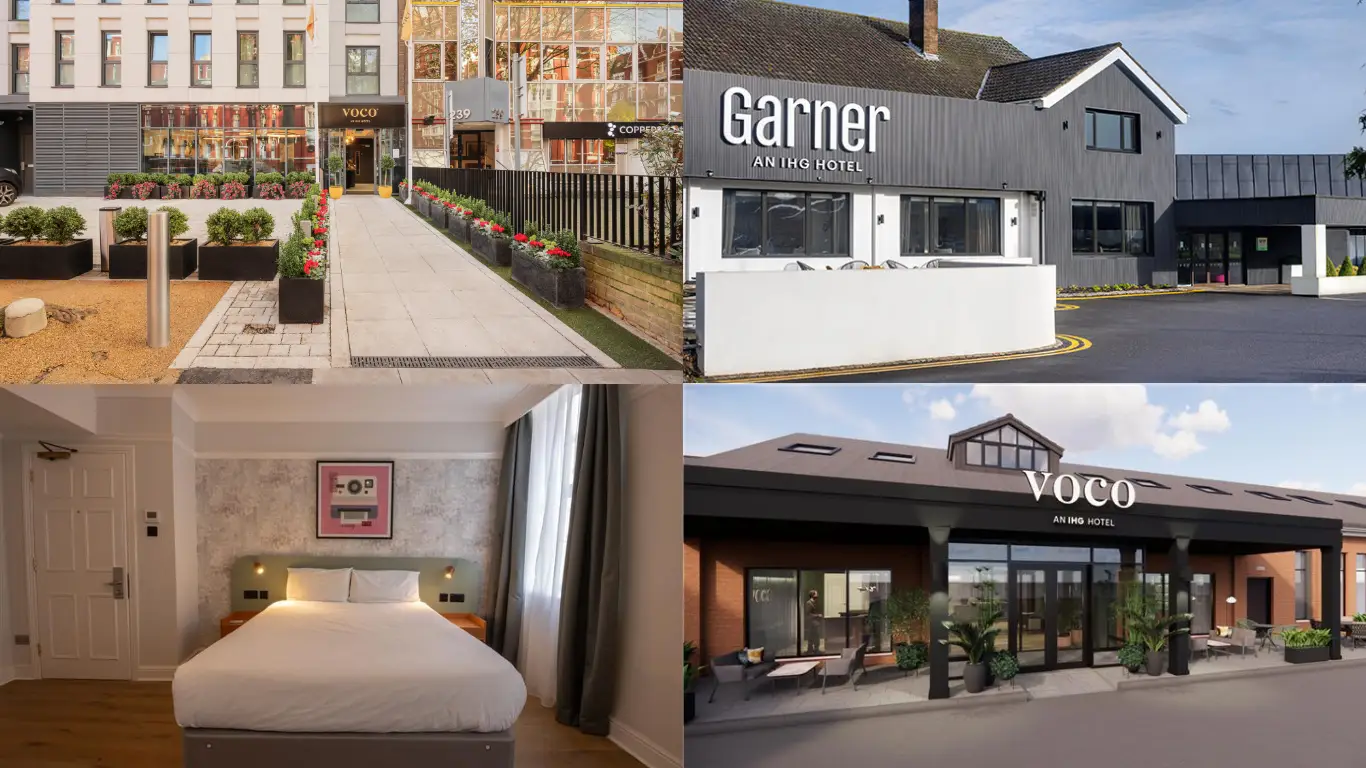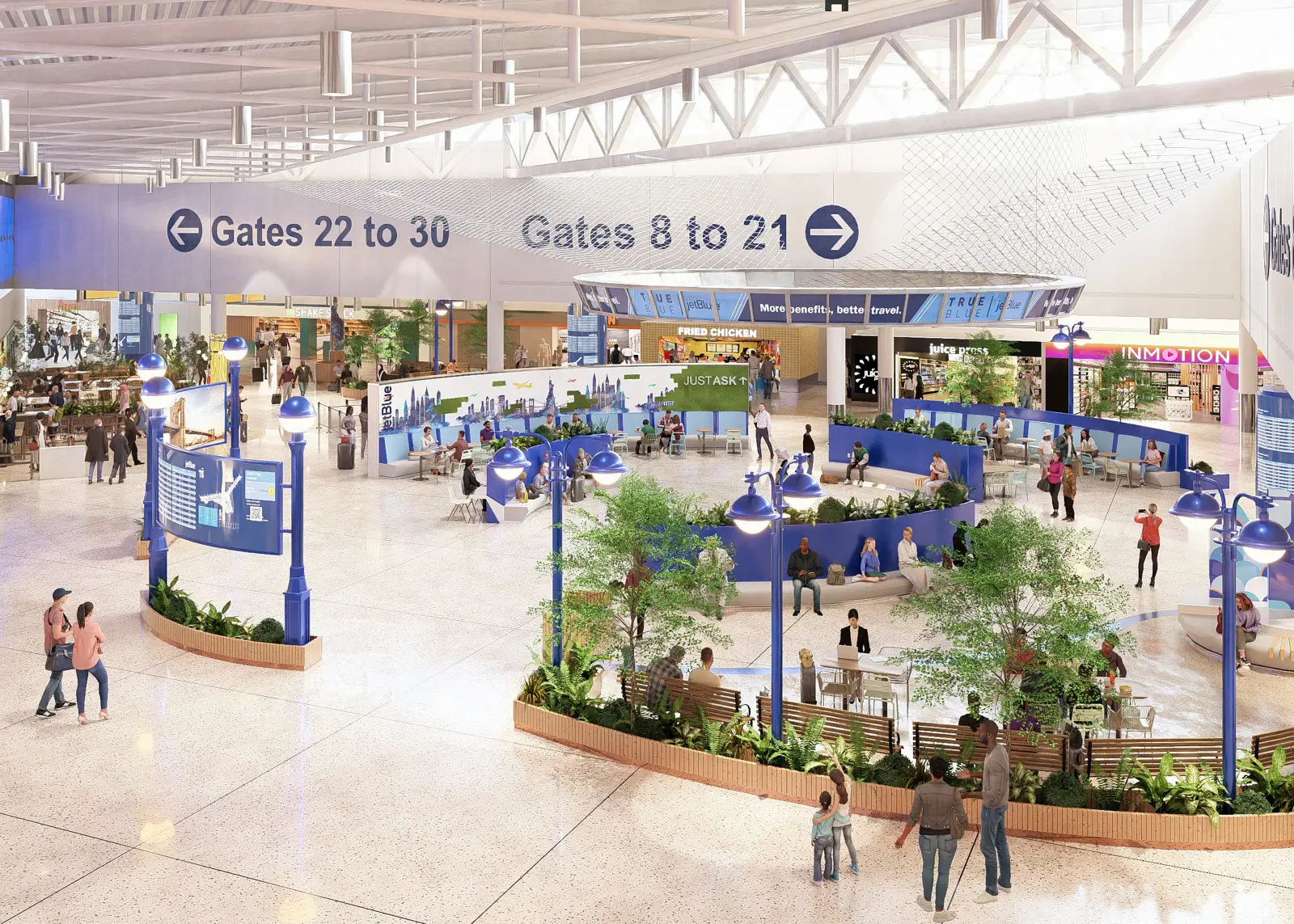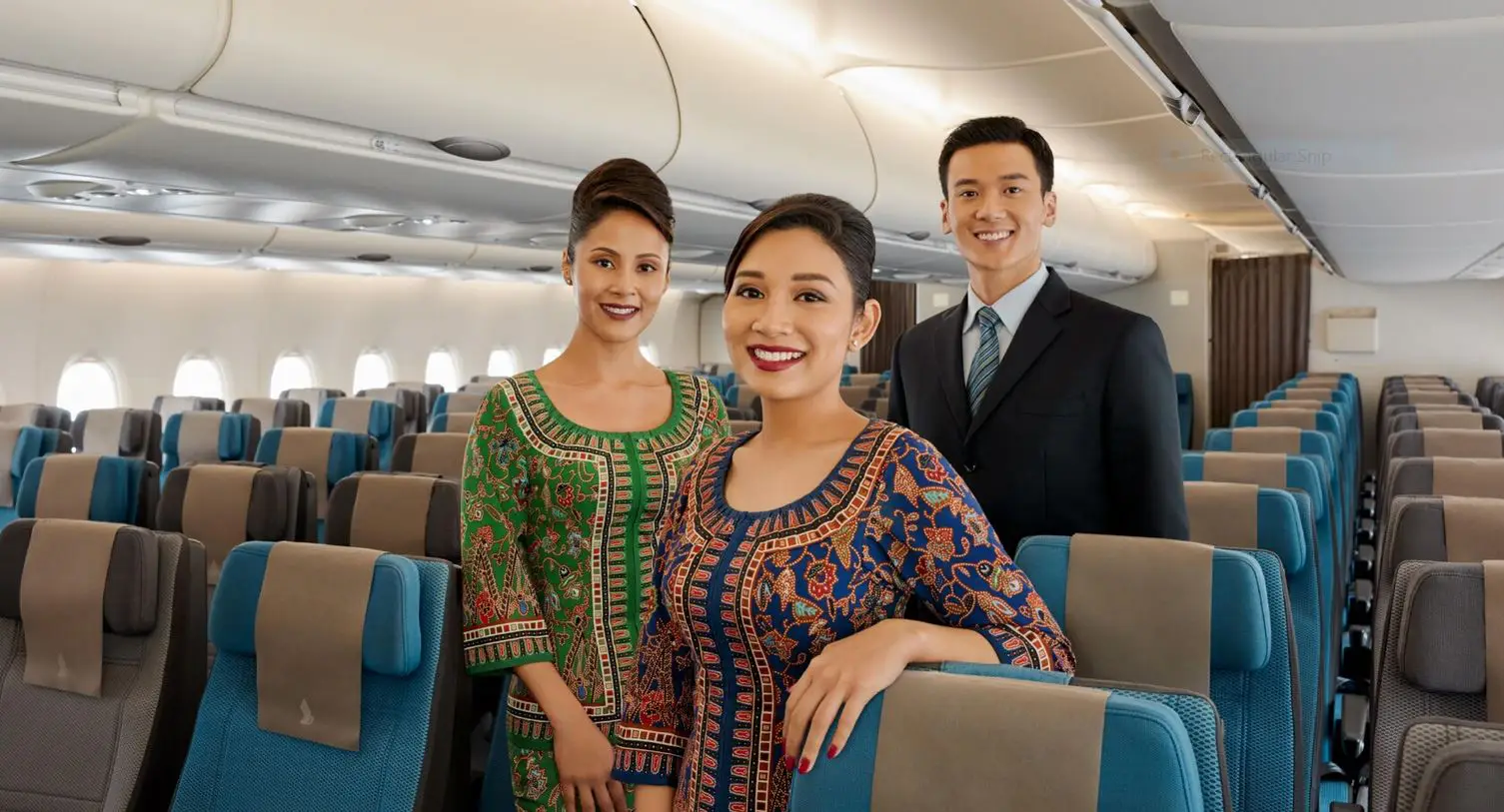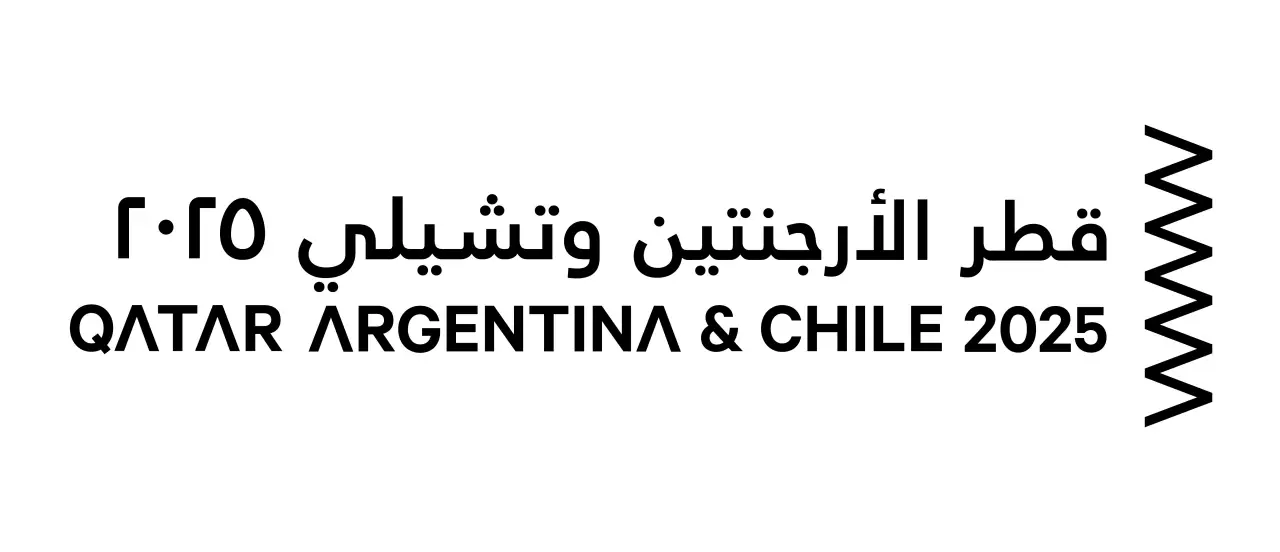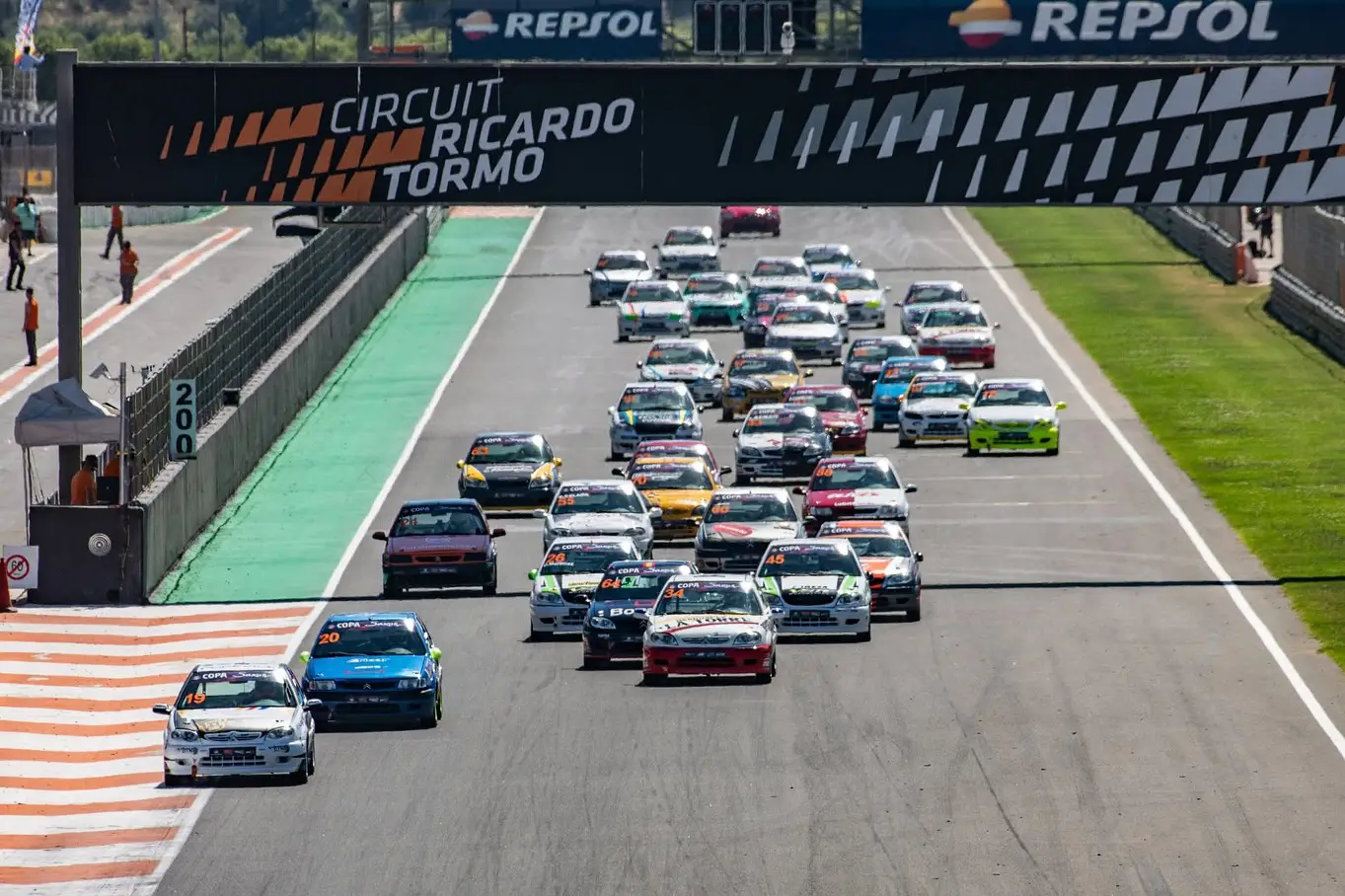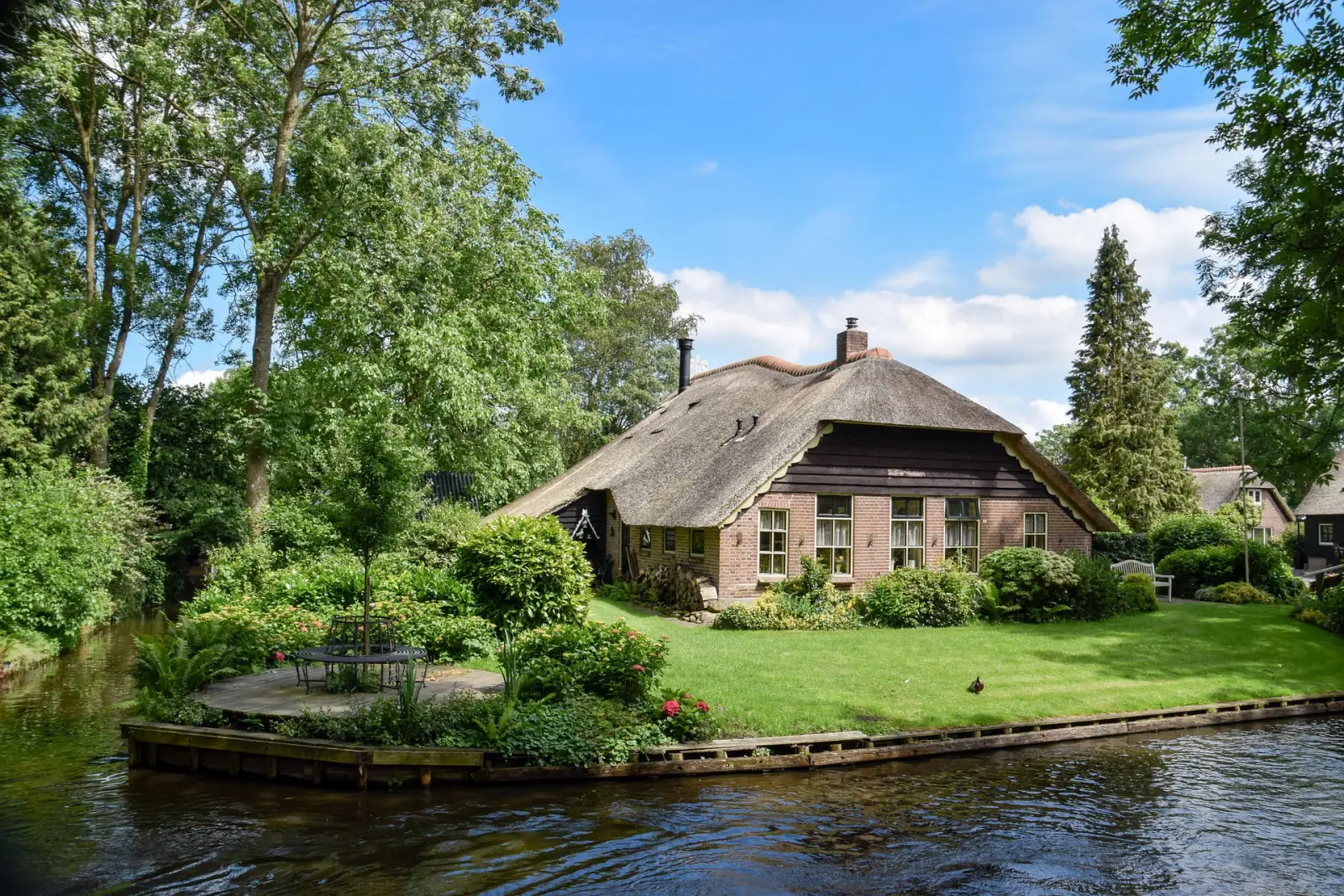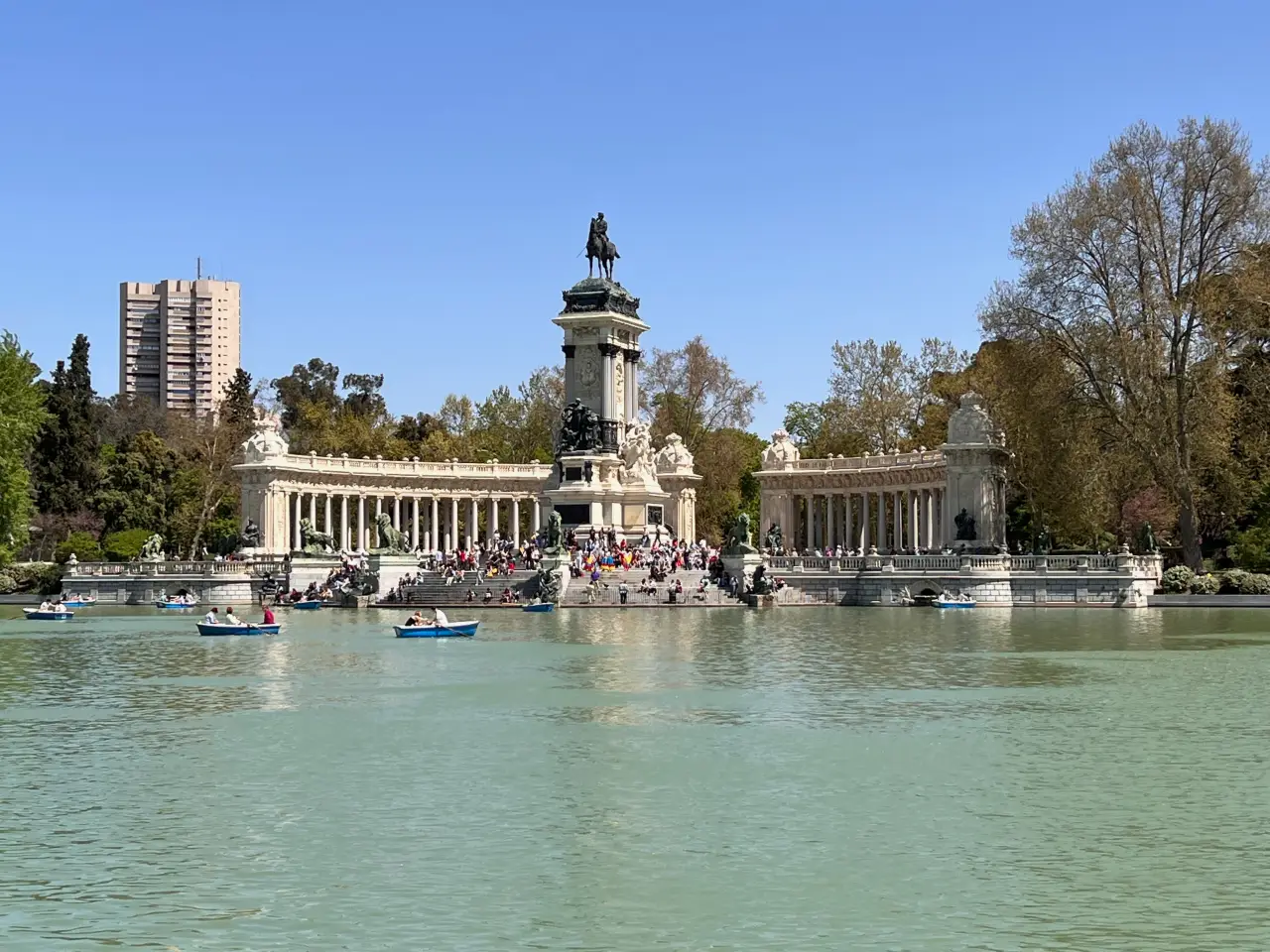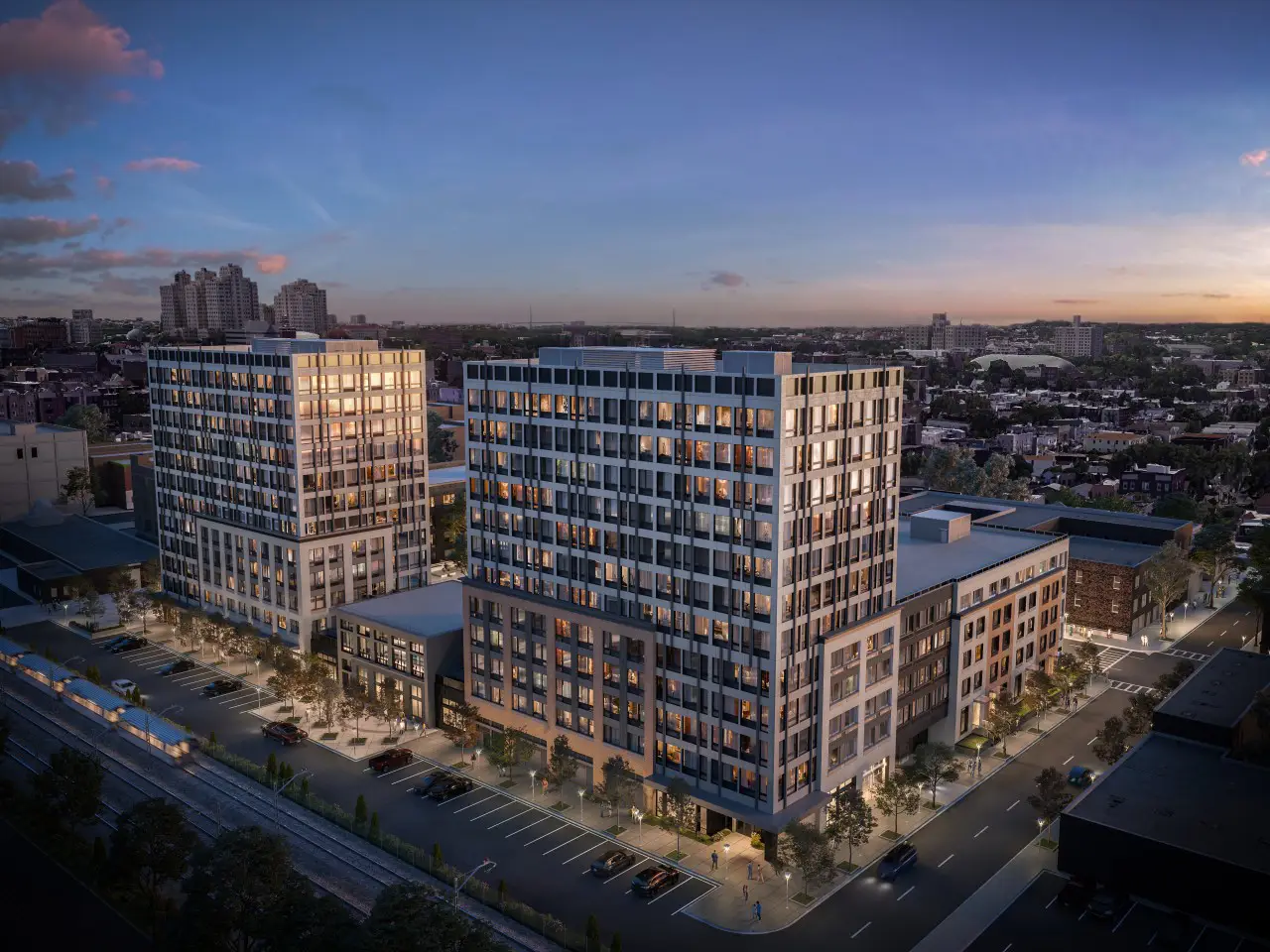Meeting Connections on the Move
Travel opens opportunities for unexpected relationships. A survey found that 77 percent of Americans have made lifelong friendships while traveling, while 23 percent met their spouse during a trip. Additionally, 33 percent reported engaging in a vacation romance, and 10 percent saw these flings develop into long-term relationships. Time spent in unique settings fosters spontaneous connections that might not emerge in familiar environments. When routines are disrupted and new interactions happen daily, bonds form more quickly and naturally than they might at home.
Air travel itself contributes to relationship opportunities. Three in ten Americans have dated someone they met on a plane. Shared moments in transit, from airports to long-haul flights, provide a setting where strangers engage without the typical constraints of daily responsibilities. Travelers may be more open to conversations and social engagement, which helps explain why so many meet companions while in transit.
Shared Activities Strengthen Bonds
Meeting new people happens naturally when travelers participate in activities that encourage group interaction. About 31 percent of travelers form connections through guided excursions or adventure outings. Another 28 percent report meeting others during group tours or hotel-organized events. Engaging in sports and active hobbies creates further opportunities, with 27 percent saying these pursuits helped them connect with others during a trip.
Social spaces also contribute to travel-based relationships. Bars and restaurants are commonly cited as places where travelers meet new people, with 26 percent reporting successful interactions in these settings. In contrast to hometown interactions, where routines often dictate social patterns, travelers may feel more inclined to break social barriers and engage in deeper conversations with strangers.
Flexible Commitments and Evolving Relationship Expectations
People who frequently travel tend to adopt more adaptable approaches to relationships. The unpredictability of meeting new people in different locations encourages an openness to alternative relationship models. Long-distance connections, short-term commitments, and unconventional partnerships become more common among those who move frequently. Travel fosters an attitude where relationships are built around personal values and lifestyle preferences rather than adhering to societal expectations. Those who embrace this flexibility may find that forming meaningful relationships does not require traditional structures.
Some travelers actively seek relationships that align with their schedule and personal goals. For example, remote workers who travel extensively might prefer open relationships or short-term commitments with like-minded partners. Others may explore non-traditional dating structures, such as polyamory or sugar dating when traveling. These relationships emphasize clarity and mutual compatibility, allowing both partners to define their connection based on lifestyle choices rather than traditional conventions.
Self-Expansion and Relationship Satisfaction
Travel introduces new experiences that influence personal growth and relationship quality. Self-expansion theory suggests that engaging in new activities leads to deeper satisfaction, increased passion, and greater connection between partners. Couples who travel together often experience heightened relationship satisfaction due to shared novelty and adventure.
This effect is also relevant for new relationships formed during travel. The absence of routine allows people to express different aspects of their personality, increasing attraction and emotional bonding. These experiences contribute to a stronger sense of connection, even if the relationship does not extend beyond the trip.
Long-Distance and Open-Ended Relationships
Frequent travel requires adjusting expectations around relationship commitments. Instead of adhering to conventional long-term structures, travelers often adopt flexible relationship models. Forty-five percent of Americans reported being more open to dating someone they met while traveling, recognizing that a connection does not have to align with traditional expectations to be meaningful.
Some relationships remain open-ended, allowing each person to continue independent travels while maintaining a connection. Others may develop into long-distance commitments, setting a foundation where both partners accept periodic absences as part of their dynamic. When stability is not the priority, relationships can function on terms unique to those involved rather than societal norms.
The Role of Emotional and Environmental Stimuli
Situational factors contribute to the likelihood of forming relationships while traveling. Emotional arousal triggered by novelty and change can enhance attraction and connection. Environments outside routine promote a psychological openness that encourages stronger social bonding.
Additionally, differences in social norms across locations play a role. Travelers encounter new cultures with varying approaches to relationships, expanding their perspectives. This exposure can lead to a reassessment of their own relationship preferences, making unconventional structures more appealing.
Travel and Romantic Expression
The way love is expressed varies across travel settings. Research indicates that emotions linked to adventure and temporary experiences can heighten romantic intensity. Gender differences also influence this dynamic. Studies show that men tend to express love earlier in relationships, and this pattern extends across various cultural contexts. When travel accelerates interactions, declarations of affection may happen sooner than in a home environment.
Physical closeness in unfamiliar locations can also amplify attraction. One study found that 33 percent of Americans reported intimate moments in unconventional settings during travel. Unique environments alter normal behavior patterns, creating opportunities to engage in different expressions of romance than would typically occur at home.
Travel as a Framework for Relationship Exploration
Moving between locations exposes travelers to different relationship structures. When cultural exchange becomes a key aspect of travel, relationships are often shaped by exposure to new norms. Meeting locals offers insight into varying dating customs, encouraging an openness to nontraditional relationships.
Seventy-nine percent of travelers reported that meeting new people improved their travel experiences, even if those connections did not last beyond a trip. On average, travelers gain four new social ties and expand their online networks by connecting with twelve new people per trip. These interactions create opportunities for short-term relationships that prioritize shared moments over long-term commitments.
Unconventional Social Dynamics
Travel introduces variations in social dynamics that influence relationship patterns. Some travelers find themselves drawn to experiences such as casual relationships or unconventional dating arrangements. A study found that 9 percent of men and 2 percent of women reported being members of the Mile High Club, with older travelers being the most common participants. This statistic suggests that unconventional relationship dynamics persist across different age groups.
The fluid nature of travel encourages adaptability in forming and maintaining relationships. Rather than structuring connections around geographic permanence, travelers shape relationships based on availability, shared interests, and compatibility at a given time. As a result, unconventional relationships often emerge naturally, influenced by the context and dynamics of travel itself.




